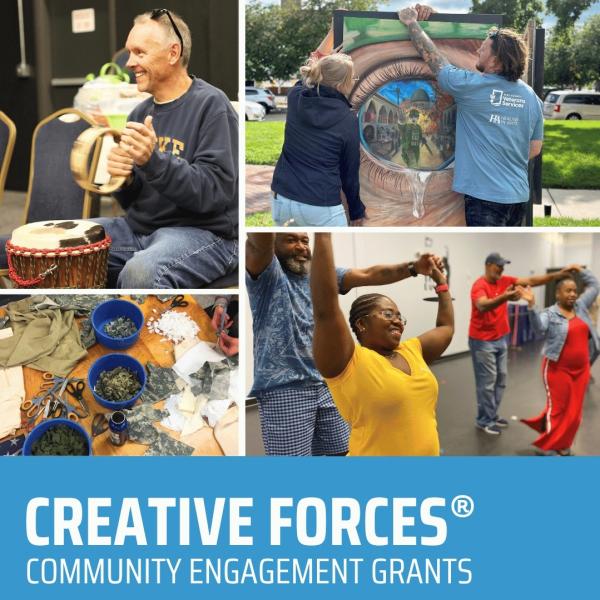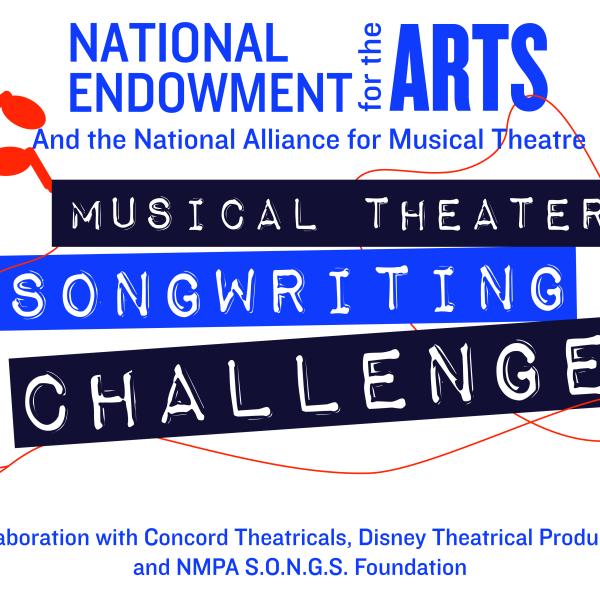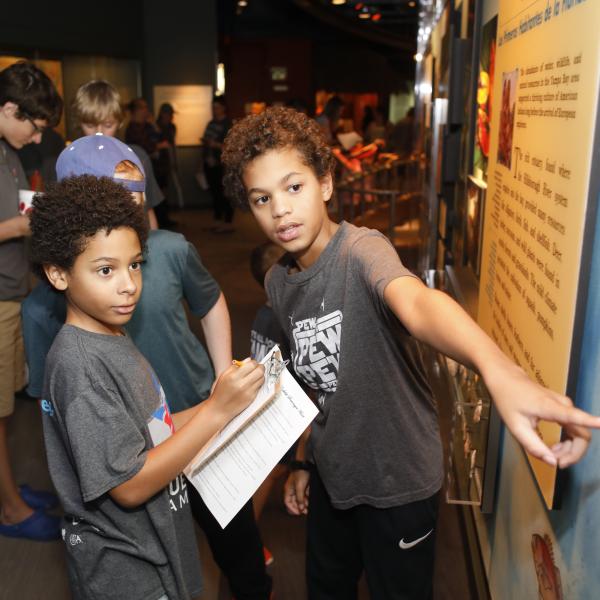The National Endowment for the Arts Announces Leadership of Citizens' Institute on Rural Design
Washington, DC - In the Mississippi Delta -- a region plagued by poverty, illiteracy, and geographic isolation -- local history and culture can often become buried beneath the area's woes. And yet, it is these unique assets that can revitalize local pride and make the difference between community survival and decay.
The National Endowment for the Arts (NEA) is dedicated to helping communities like the Delta rediscover their identity and reshape their cultural landscape. Beginning July 1, 2012, the Citizens' Institute on Rural Design (CIRD) will be a partnership among the NEA, the U.S. Department of Agriculture, and Project for Public Spaces, along with the Orton Family Foundation and the CommunityMatters® Partnership.
CIRD works to enhance the quality of life and economic viability of rural areas. CIRD does this through design workshops that gather local leaders together with experts in planning, design, and creative placemaking to assist with locally identified issues. Since the program's inception in 1991, CIRD has convened more than 60 workshops in all regions of the country, empowering residents to recognize and leverage their local assets to build better places to live, work, and play.
"The future of many rural towns will be shaped by how well they can create vibrant communities where people want to be," said USDA Deputy Under Secretary of Rural Development Doug O'Brien. "Arts investments in small towns can be an integral component of driving economic vitality by attracting residents and visitors alike to the main streets which are an enduring symbol -- and critical to the future -- of rural communities."
"As I travel around the country, I see more and more evidence of how creative assets can stimulate local economies," said NEA Chairman Rocco Landesman. "In rural areas there is a particular need to bring people physically together, and the arts and good design can be the catalysts for that. In its new configuration, CIRD will build on 20 years of experience and expand its work in rural settings by creating a strong knowledge network, providing access to innovative tools, and disseminating best practices."
The new group of partners leading CIRD offers a depth and breadth of expertise along with additional initiative components that together will allow CIRD to help more American towns find better design solutions to the challenges of growth and development. Those new program components include pre-workshop training calls, post-workshop follow-up, and online resources.
Program Partners
Project for Public Spaces (PPS) is a planning, design, and educational organization dedicated to helping people build stronger communities by creating attractive and vital public spaces. Their mission of supporting placemaking meshes closely with the NEA's emphasis on helping communities shape their physical and social character through the arts.
The Orton Family Foundation's pioneering Heart & Soul Community Planning approach puts people and their attachment to place at the center of the planning process, and gives towns the knowhow to steer their future. The Foundation's success building capacity in rural communities will enhance CIRD's ability to create lasting change.
The CommunityMatters Partnership, initiated by the Orton Family Foundation, is a network of programs and experts working to support community development. The partnership champions the idea that people have the power to solve their community's problems and shape its future.
The Department of Agriculture will use its staff, in particular its rural development network across the country, to increase the number and quality of applications to the program and to serve on panels to select communities for workshops.
"Rural communities across the country are expressing demand for new models for planning, design, community engagement, and creative placemaking. By supporting local capacity-building on an ongoing basis, we can help CIRD evolve as the network that rural communities need," said President of Project for Public Spaces Fred Kent.
"Over recent decades too many small towns have gone from unique to uniform, subject to cookie-cutter design and development," said Bill Roper, president and CEO of the Orton Family Foundation. "But people have the power to weave a new community narrative, one that enhances their town's own heart and soul. We are excited to bring together all the resources of this partnership to help America's rural communities thrive."
Prior to Project for Public Spaces, CIRD was managed in partnership with the State University of New York at Syracuse and the school's landscape architecture faculty led by Richard S. Hawks and Shelly S. Mastran. The NEA extends its sincere thanks to SUNY Syracuse and Mr. Hawks and Ms. Mastran for their leadership, and for strengthening the program and extending its reach.
On June 29, 2012, Hawks and Mastran will give a presentation on CIRD to the National Council on the Arts, the NEA's advisory body. That presentation will be webcast live at 9:00 EDT at arts.gov and archived on the NEA website by July 12 also at arts.gov.
More on CIRD
CIRD works with communities with populations of less than 50,000. This includes towns located in a non-metropolitan county or in a metropolitan county on the urban fringe. The focus of CIRD design workshops include
- downtown revitalization
- arts-based development
- heritage preservation
- land and agricultural conservation
- growth management
- transportation
MORE ON RURAL COMMUNITIES
To read more about CIRD, go to NEA Arts, 2011 Number 2. This issue of NEA Arts highlights other exciting projects taking place in rural communities around the country. The NEA's Our Town program funds projects that, through creative placemaking strategies, seek to revitalize small and large communities with the arts at the center. Go to the Our Town website section and specifically to seven rural projects:
Sitka Fine Arts Camp International Sonoran Desert Alliance Wallkill River School City of Wilson, NC Ballroom Marfa Wormfarm Institute
(and a podcast with Wormfarm co-
founder Jay Salinas
Massachusetts Museum of Contemporary Art
The NEA's Office of Research & Analysis published Come as You Are: Informal Arts Participation in Urban and Rural Communities (pdf) in March 2010 to look at differences in arts participation based on a community population size.
Contact
Victoria Hutter, NEA
202-682-5692
hutterv@arts.gov
Ethan Kent
Project for Public Spaces
212.620.5660 ext. 318
ekent@pps.org
John Barstow
CommunityMatters and the
Orton Family Foundation
802-388-6336
jbarstow@orton.org




